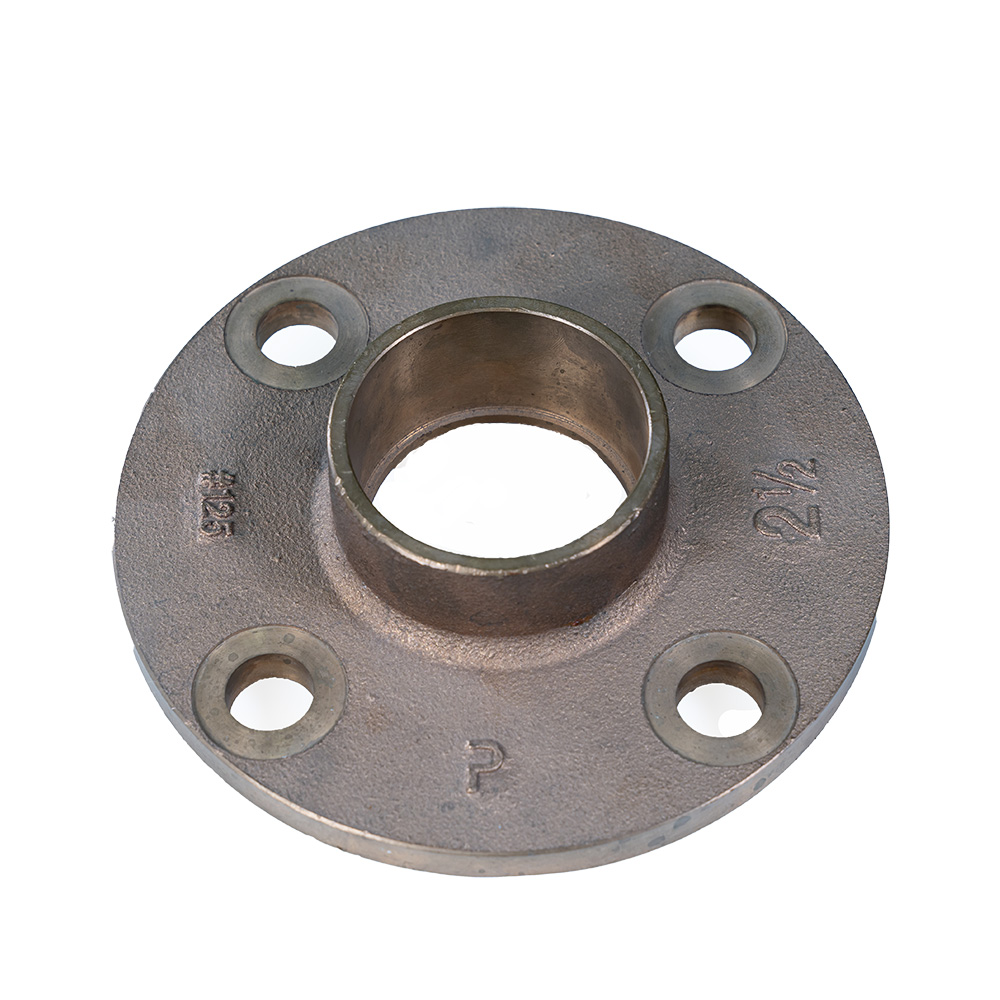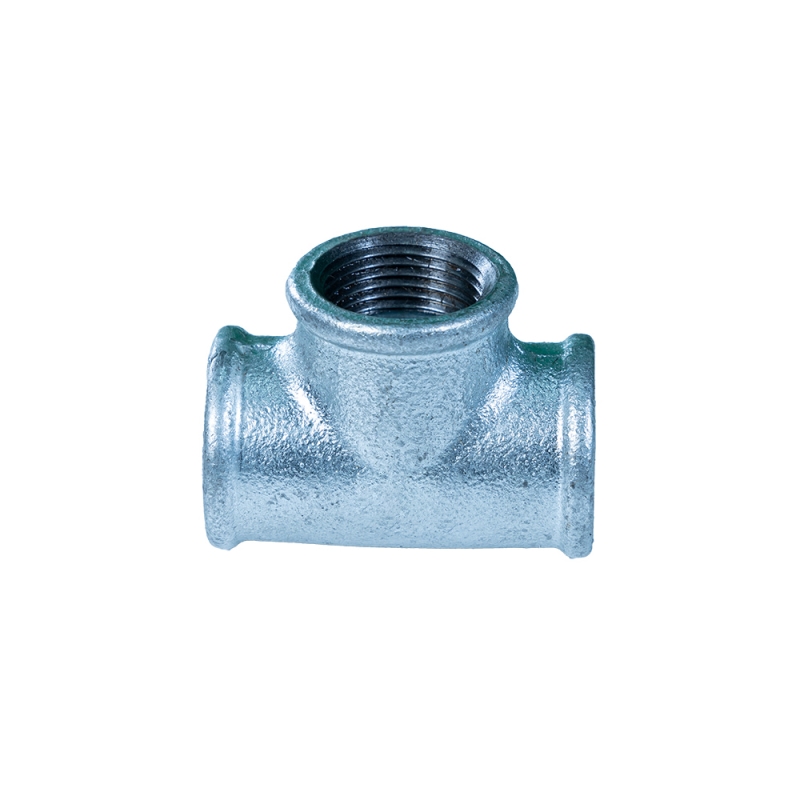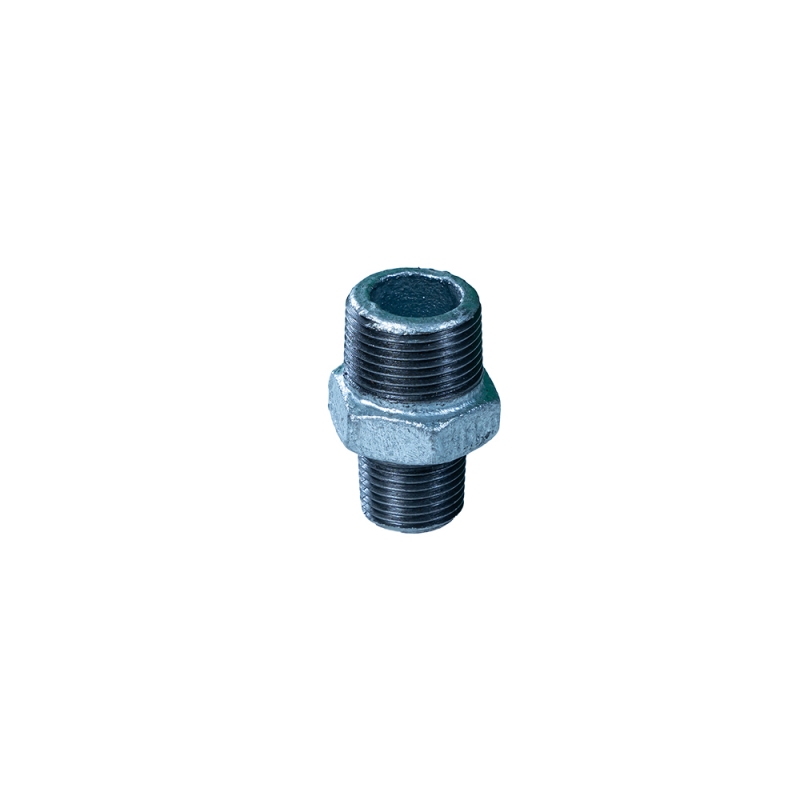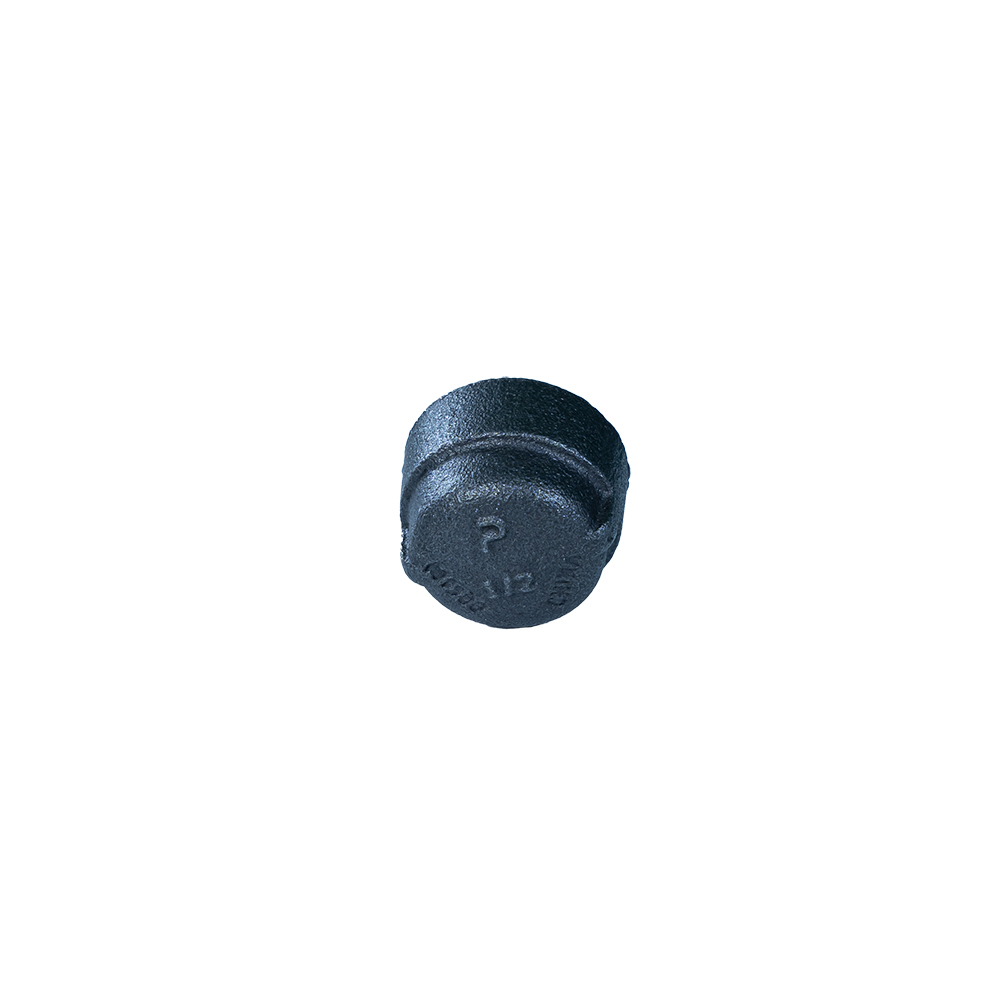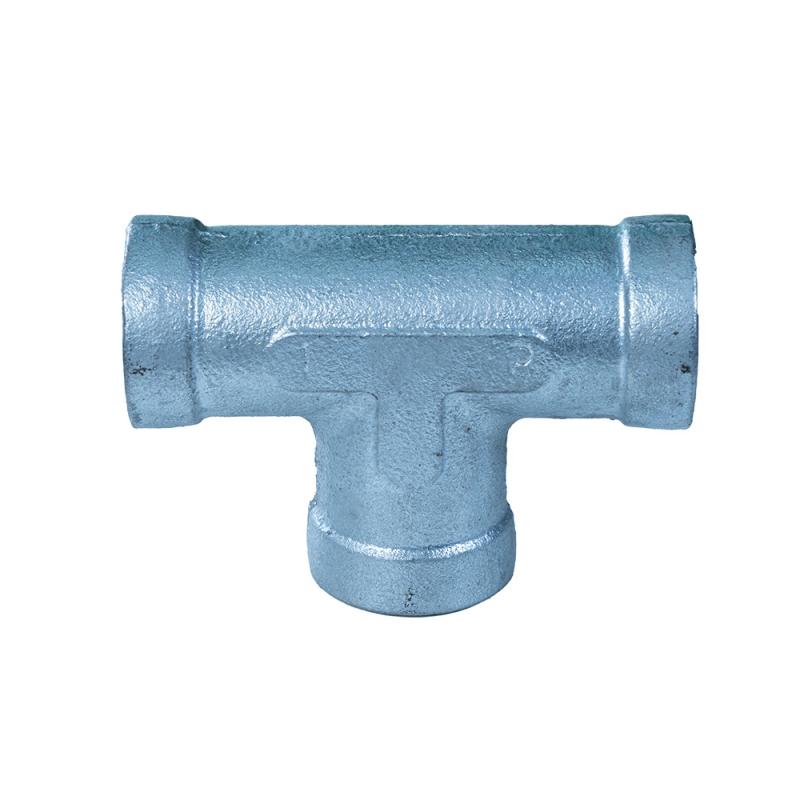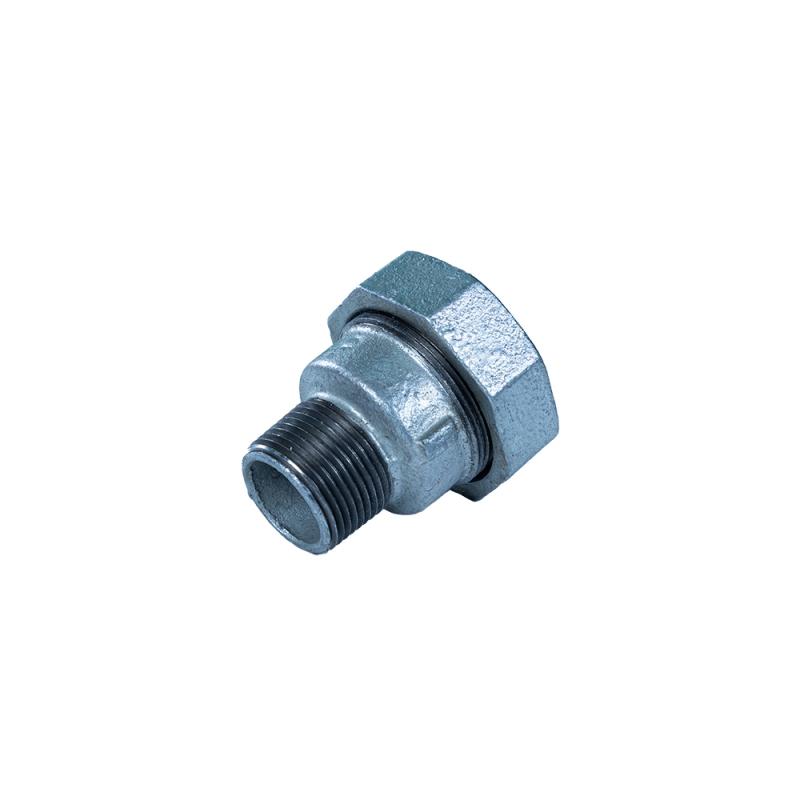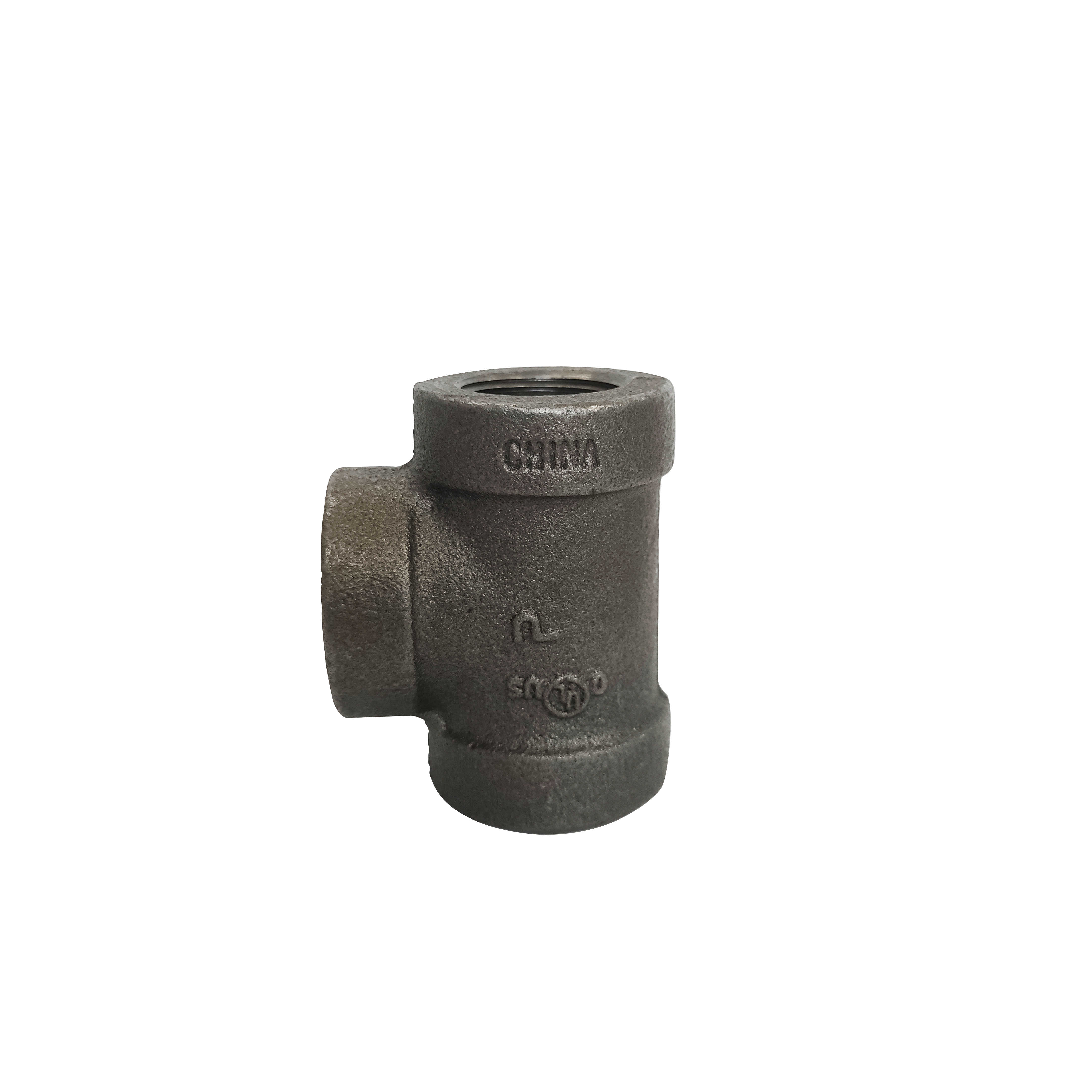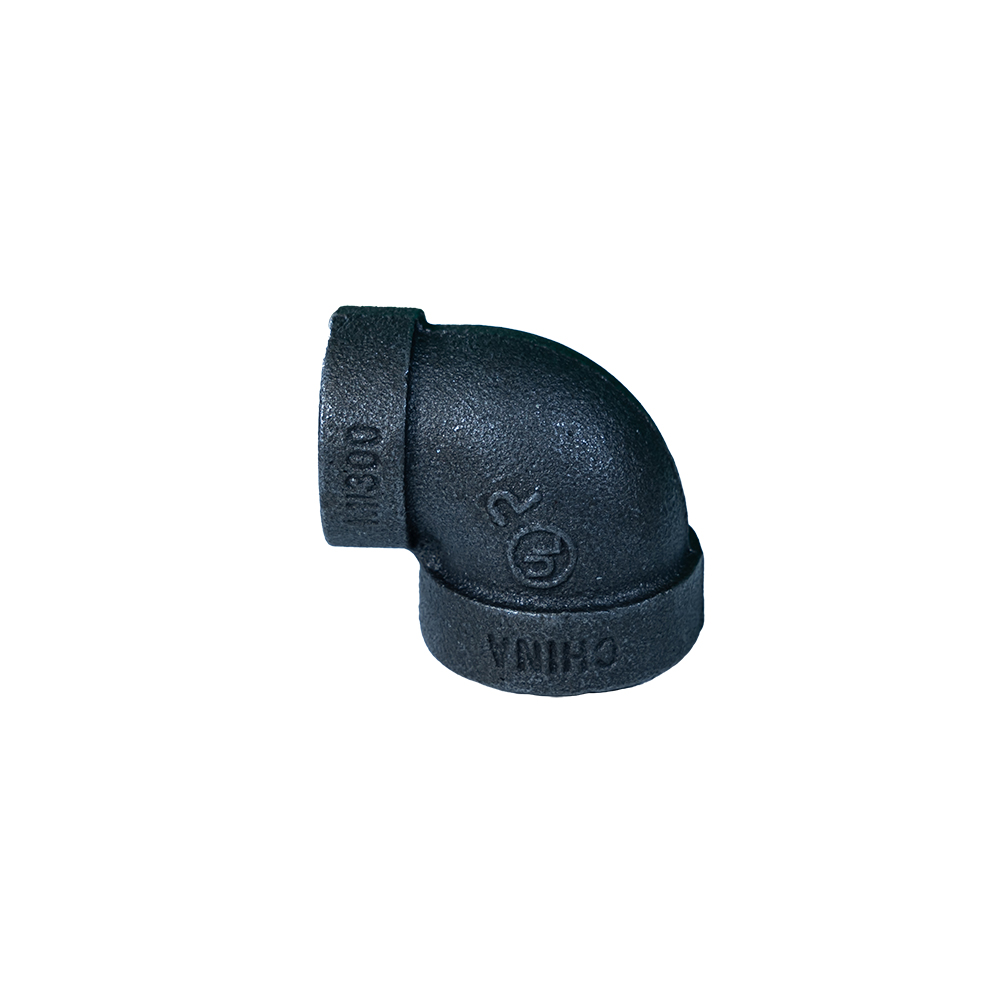Sweep bend fittings, especially the female and female 90° long sweep bend, are pivotal components in modern pipeline engineering. They not only minimize pressure loss and turbulence but also offer outstanding durability across petrochemical, metallurgy, municipal water, and specialized industrial applications. This in-depth article explores key industry trends, technical data, production process, application scenarios, and competitive benchmarks, helping procurement engineers, project managers, and technical experts make data-driven decisions.
sweep bend - Official Product Page
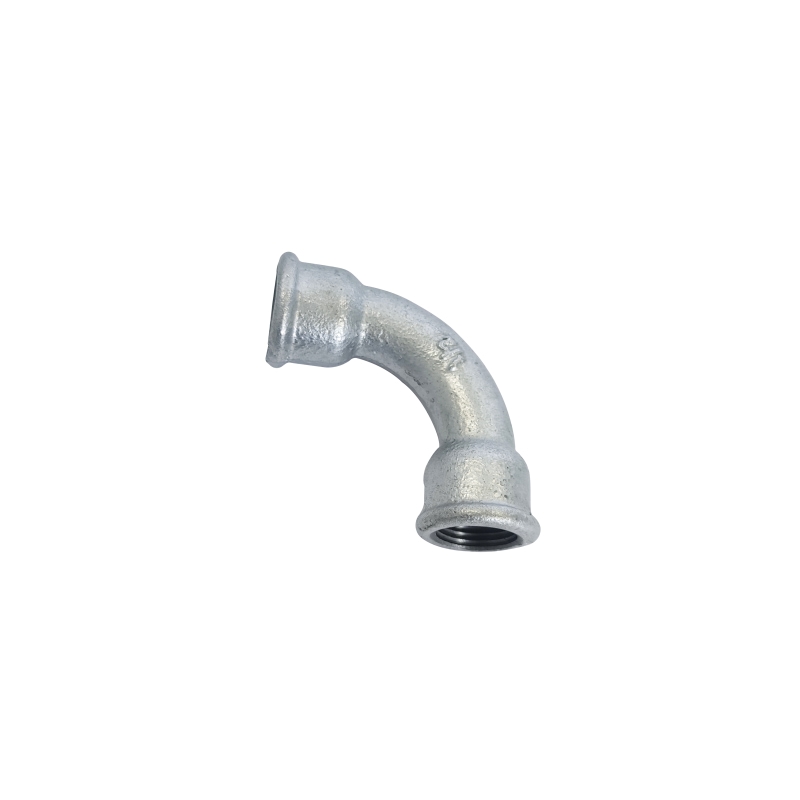
1. Industry Landscape & Trends: Sweep Bend Market Overview
According to Market Research Future, the global industrial piping market surpassed $67 billion in 2023, with a projected CAGR of 4.5% till 2030. Sweep bend demand rapidly outpaces conventional elbows due to lower energy consumption and maintenance costs. The push for sustainable construction and process optimization in sectors like petrochemicals and water treatment continually drives the technological innovation behind sweep bend designs.
2. Technical Parameters & Engineering Data
| Model | Ctr Radius (R) | Nominal Diameter | Bend Angle | Wall Thickness | Material | Standard | Usage |
|---|---|---|---|---|---|---|---|
| 4 Long Sweep 90 | 4.0D | 100 mm | 90° | 4.5 mm | 304/316 SS | ANSI B16.9 | Oil & Gas |
| Long Sweep Bend | 1.5D - 5D | 32/50/65/80 mm | 15° - 90° | 2.5~5.5 mm | Carbon/SS/Alloy | ISO 5251 | Water, Chemical |
| 32mm Swept Bend | 2.5D | 32 mm | 87.5° | 3.2 mm | PVC-U | BS EN 1452 | Drainage |
| 50mm Swept Bend | 3D | 50 mm | 92° | 4.0 mm | UPVC/HDPE | ASTM D2729 | Wastewater |
| Female & Female 90° Long Sweep Bend | 4.0D | 25-250 mm | 90° | 4.0-12 mm | SS, Alloy Steel | ASTM/ISO | Industry |
3. Production Process of Sweep Bend - The Female & Female 90° Long Sweep Bend

- Material Selection: Premium 304/316 stainless steel or industrial-grade carbon/alloy steel, traceable by heat code.
- Bending/Casting: Formed via hot induction bend, precision casting, or CNC-machined dies to ensure dimensional accuracy and ovality <1.2%.
- Finishing: Machined end faces (female threads or sockets); deburring, pickling, and anti-corrosion surface treatment (such as epoxy, hot-dip galvanizing).
- Heat Treatment: Quenching & tempering for grain refinement, enhancing mechanical strength and fatigue resistance.
- Non-Destructive Testing (NDT): Ultrasonic, RT, and hydrostatic testing as per ISO 9712 / ANSI / ASTM standards.
- Inspection / Marking: Each batch marked with lot code, dimensions, pressure class, traceability per API/ISO.
- Packing/Logistics: Polybag/wooden crate + shockproof foam, supports for export to 47+ countries.
- ISO 9001:2015 (Quality Management EU)
- PED 2014/68/EU Pressure Equipment Directive
- ANSI/ASME B16.9
- SGS, TUV Type Test Reports (on request)
4. Technical Advantages of Sweep Bend (vs. Conventional Elbows & Bends)
- Enlarged centerline radius (R = 3D~5D), minimizes flow resistance and water hammer.
- Lower frictional pressure drop by 35-42% (ref: ASCE Hydraulics).
- Enhances flow uniformity in high-viscosity pipelines.
- Manufactured for full-vacuum to high-pressure classes (up to 16 bar / 232 psi).
- Longevity: Typical life cycle (API 570) >35 years with zero major maintenance.
- Anti-Corrosion: Epoxy lining, PTFE, or ceramic overlay options for highly corrosive environments (pH 2-13).
- Temperature Range: Standard: -40°C~220°C; Specialty: up to +550°C with Incoloy/duplex options.
- Dimensional Precision: ISO G6 / H7 tolerance for socket ends, allowing leak-free installation.
5. Manufacturer Analysis & Global Supplier Benchmark
| Supplier | Region | Main Material | Pressure Class | Custom Solutions | Certifications | Lead Time |
|---|---|---|---|---|---|---|
| PANNEXT FITTINGS | China | SS/Carbon | up to PN16/CL150 | OEM & ODM | ISO, SGS, TUV | 10-22 days |
| Victaulic | USA/EU | Ductile Iron | up to CL300 | Limited | FM, UL, ISO | 18-28 days |
| GF Piping | EU/Asia | HDPE/PVC | PN10 | Custom | EN, WRAS | 20-32 days |
| Marley | Oceania | uPVC | PN6/10 | Standard | WaterMark | 14-25 days |
| Spears | NA/EU | CPVC | PN16 | Standard | NSF, ISO | 17-26 days |
A Spanish water utility, by switching to sweep bend solutions, cut hydraulic power loss in a 7km zone by 11% (ISO 5167 validated), with an ROI in under 9 months.
6. Customized Sweep Bend Solutions
- Custom radius (2D–6D available)
- Specialty materials: Duplex, Hastelloy, PTFE/PTFE-lined, Monel, HDPE, etc.
- Non-standard angle: 22.5°, 45°, 60°, 90° per project
- Special end types: Female/Female, Female/Male, Flanged ends, welding sockets
- Accelerated corrosion, salt-spray (ASTM B117) & pressure tests
- Custom marking as per project/plant code, traceability via QR/RFID
Warranty: 36 months performance guarantee, with immediate technical support in EN/ES/FR/DE/CN.
7. Application Scenarios & Performance Case Studies
-
Petrochemical Refining:
Sweep bends in high-temperature (up to 420°C) crude oil transfer lines, improving pump efficiency and reducing scaling. (Ref: Sinopec Shanghai, 2023) -
Metallurgical Processing Plants:
Stainless steel sweep bend withstands sand/ore slurry abrasion (wear rate <0.015 mm/yr after 5 years), ensuring near-zero unplanned downtime (Baosteel pilot line, Shaanxi). -
Municipal Wastewater Systems:
Corrosion-resistant 50mm swept bend used in biological reactors as per EN 12050, reducing blockages & turbulence. -
Pharmaceuticals & Food:
FDA/3-A certified 32mm swept bend in critical, high-sanitation lines (validated with -
Firefighting Riser Systems:
4 long sweep 90 used for low-friction, rapid-response vertical risers, certified by FM Approvals.
8. Expert FAQ: Sweep Bend Technology
9. Delivery, Customer Support & Trust
- Delivery: Standard global lead time: 10-22 working days. Emergency orders: inquiry-based.
- Warranty: 36 months standard; extended warranty for public/private utility projects.
- Support: 24h multilingual engineering team for technical drawings, installation SOPs, and after-sales troubleshooting.
- Certifications: All batches come with ISO, EN, PED, and material test (EN 10204–3.1) certificates.
- References: Installed in over 4,200 international projects since 2007.
(Client: Texiloya Terminals, Nigeria)
Conclusion & Further Reading
The evolution of sweep bend fittings, typified by the female and female 90° long sweep bend, is a testament to modern engineering’s focus on energy efficiency, process safety, and longevity. Leveraging advances in material science, precision manufacturing, and global compliance, the right choice of sweep bend can deliver operational and financial benefits in mission-critical infrastructure.
Post time: Jul-29-2025


